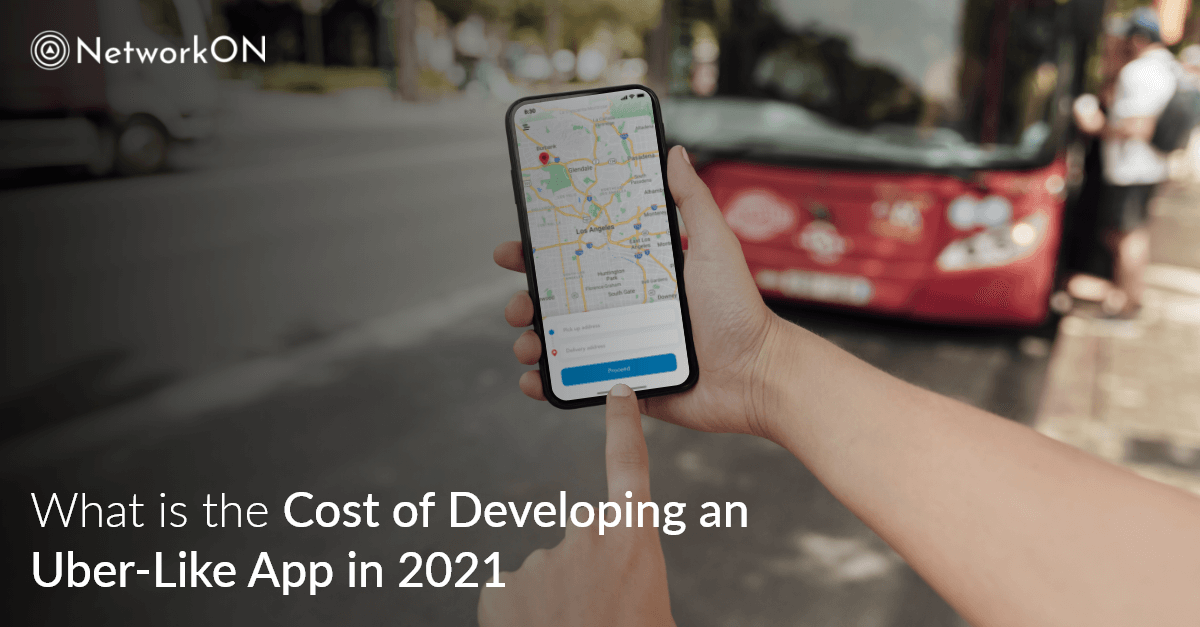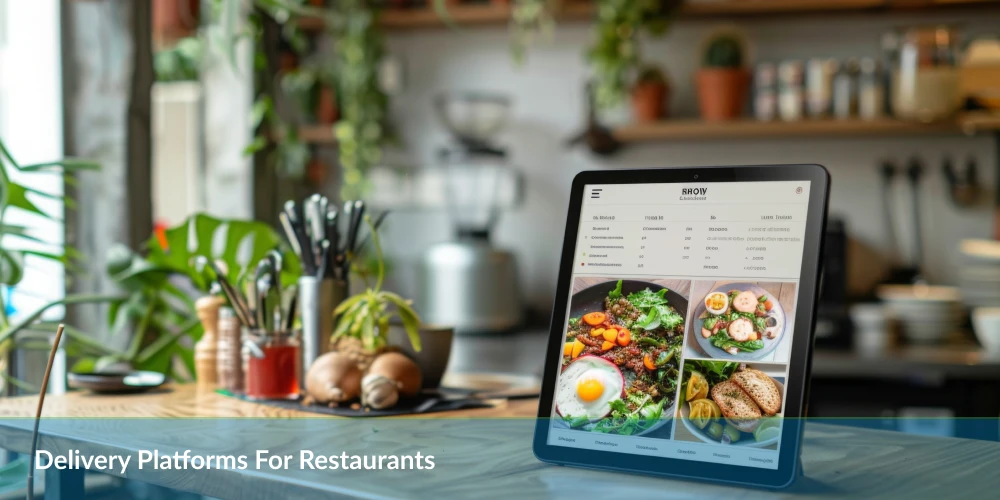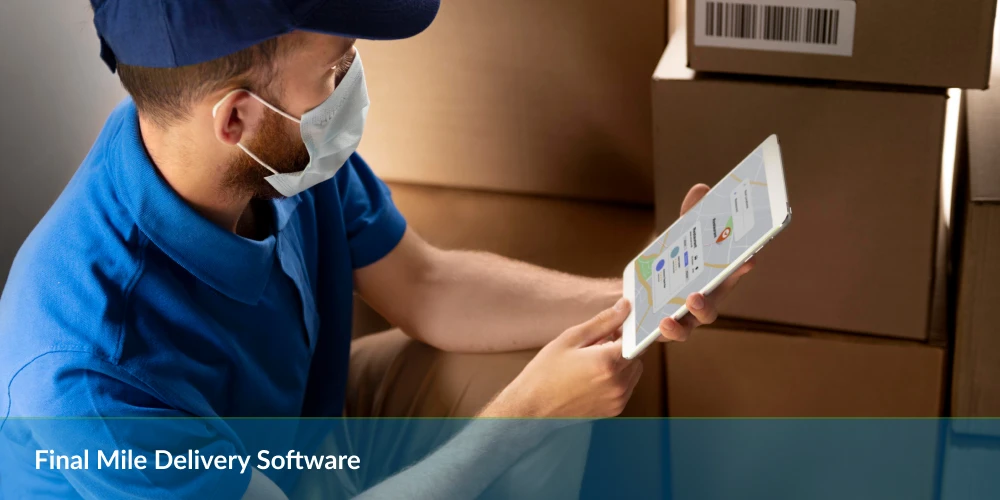Table of Contents
Uber has been a revolutionary app–inspiring startup owners and aspiring entrepreneurs to join the billion-dollar taxi bandwagon and other businesses that have last-mile delivery challenges.
The app was launched by Travis Kalanic and Garrett Camp in 2009, and they must have never imagined the gargantuan success they have achieved over the last few years.
As a result, budding entrepreneurs are desperately trying to find affordable mobile app development firms and calculate the estimated cost to develop an Uber clone.
This article will help you explore the different parameters of developing an Uber-like app and approach cost calculation effectively.
Uber is Three Apps
While building an Uber clone, you will need to develop three separate apps: driver app, passenger app, and an admin app. All the sub-apps will have the following different features:
Passenger’s App
- Login and Registration: Login and registration options through email, phone number, or social media accounts
- User Interface for Booking: Interface to enter detail about the pick up and drop address, cab type, and more
- Tracker: Real-time tracking with ETA
- Price Calculator: Cost estimation of the ride from point A to B
- Payment Options: Payment options supporting cash, credit, debit, and other cards
- Push Notifications: To give timely updates on taxi arrival, offers, and other information
- Booking History: To give information about previous taxi bookings
- Rating and Reviews: Option to rate a driver, and the riding experience
Driver’s App
- Login Authentication: Detail verification with a tax number, profile authentication, and approval by an administrator
- Booking: Options to accept or reject incoming requests, customer location information, booking history, and destination details
- Push Notifications: Notifications for a pick-up location, payment status, order updates, etc.
- Navigation: Navigation using Google Maps or other location services to get accurate directions to a customer and their destination
- Route Selection: Efficient route selection and information on traffic congestion
Admin App
The central admin panel is used to oversee and manage all ongoing activities. It is a type of web app that allows seamless engagement between passengers and drivers.
The basic features of an admin app are:
- Customer and Driver Details Management (CRM)
- Booking Management
- Vehicle Detail Management
- Location and Fares Management
- Call System Management
- Ratings and Reviews
- Promotions and Discounts
- Payroll Management
- Customer Support and Help
Calculating the Cost of Developing an Uber-Like App
The major components of an Uber-like app development project are:
- Choice of platform
- Features
- UI/UX design elements
- Target demographics
- QA
- Frequency of updates
To calculate the entire cost, you will need accurate information about development charges for each phase. The complete process is divided into four phases:
Technologies Involved: To create an Uber clone, you will need original elements of the server, maps, and payment methods. If you’re making a cross-platform app or for a specific platform, you need to be in the loop with the app’s tech stacks. Your tech team is responsible for clubbing the desired functionalities and features to your app with appropriate app developing programming.
Platform-Specific APIs: This includes APIs for both Android and iOS, such as Google Maps and Google Locations Service API for Android and MapKit for iOS.
In-App Payment Methods: Like Uber, your app will also need efficient in-app payment solutions compatible with a wide range of credit & debit cards, wallets, and online payment portals–along with various third-party gateway integrations like Paytm, PayPal, and Stripe.
Backend Infrastructure and Programming: Your app needs a robust back-end infrastructure to process thousands of requests with optimized driver routes and cost estimations. Make sure you invest extra care and efforts to create a strong backbone with perfect architecture to ensure the smooth functioning of the app.
Caveats on Cost Estimates
It’s important to project an accurate app development cost estimate by considering all the caveats on the app development roadmap, defining every feature, function, development sequence, time requirements, and hidden costs.
Instead of creating guesswork of your cost estimation, make sure to have an action plan that you can take to any agency to proceed forward with the app development.
Let’s have a look at some additional variables that can help you determine the actual cost in greater depth.
Region-wise variations
The cost for both the development and design of a mobile app can vary depending on the location of your team.
For instance, if your team is located in the United States, the costs can be incrementally high, while for the same project, a team located in Asia can charge only up to half of that amount for the entire design and development process.
Estimating design and Cost of Developing an Uber-Like App
A simple app can have up to 6 or 8 screens, while an average app has up to 12 screens, and a complex app can have more than 24 screens.
With increasing design complexity, the overhead cost of design also increases, which may impact your budget for mobile app development.
Likewise, the more features and functions you require in your app will make it more intricate, calling for a detailed program code and structuring–which will increase your overhead costs.
The NetworkON Advantage
NetworkON understands the way your business responds to customer’s demands of ‘being available instantly as, when, and where they need’ will significantly influence your future success.
Our on-demand app development services are comprehensive, robust, and cost-effective. For developing an Uber clone, our app development packages start from $7k, while extra customizations and integrations are available at different rates.
With our specialization in the on-demand and last mile-based business models, you can partner with us and drive innovation faster.
To know more visit our website or get in touch with our team at info@networkon.io.





0 Conversations